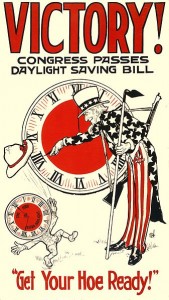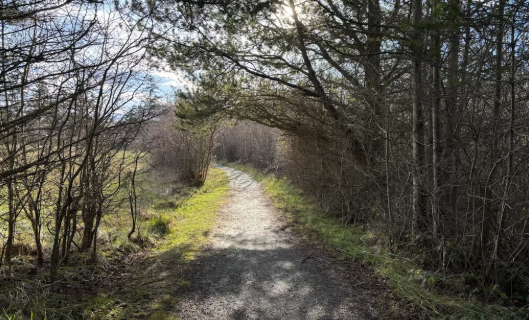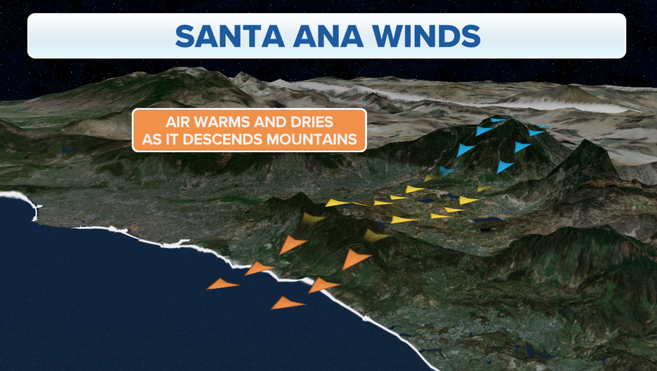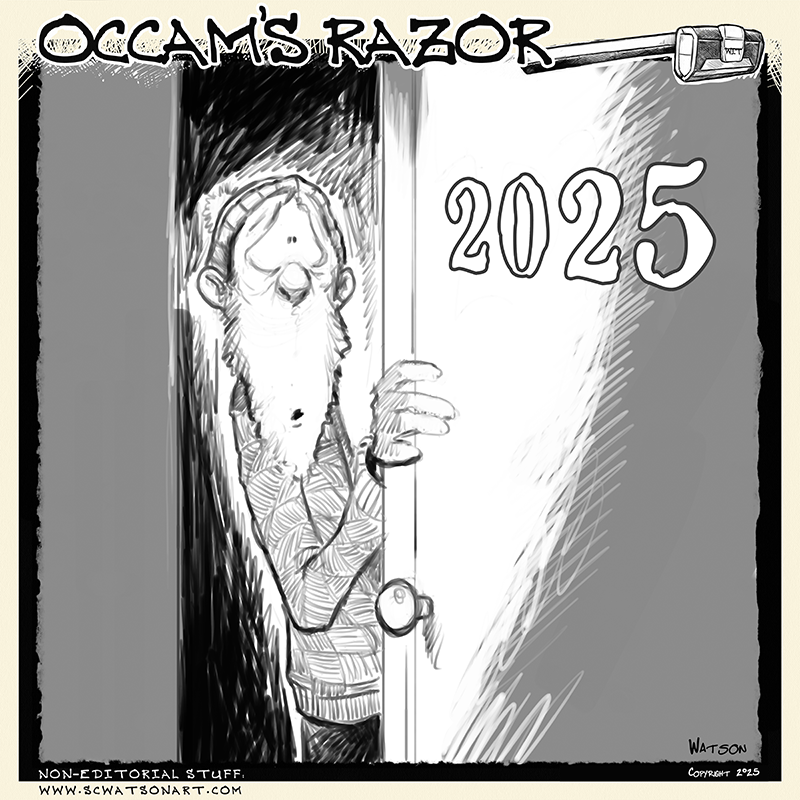by Lin McNulty
As if Spring were already here, it is time again to move your clocks forward.
As Daylight Savings Time is not mandated by the federal government, residents of Arizona, Hawaii, Puerto Rico, the Virgin Islands, American Samoa, Guam, and the Northern Marianas Islands won’t need to change their clocks this weekend.
According to Wikipedia, during his time as an American envoy to France, Benjamin Franklin, publisher of the old English proverb, “Early to bed, and early to rise, makes a man healthy, wealthy and wise”, anonymously published a letter suggesting that Parisians economize on candles by rising earlier to use morning sunlight. This 1784 satire proposed taxing shutters, rationing candles, and waking the public by ringing church bells and firing cannons at sunrise. Franklin did not propose DST; like ancient Rome, 18th-century Europe did not keep precise schedules. However, this soon changed as rail and communication networks came to require a standardization of time unknown in Franklin’s day.
Modern DST was first proposed by the New Zealand entomologist George Vernon Hudson, whose shift-work job gave him leisure time to collect insects, and led him to value after-hours daylight. In 1895 he presented a paper to the Wellington Philosophical Society proposing a two-hour daylight-saving shift,and after considerable interest was expressed in Christchurch, New Zealand he followed up in an 1898 paper.
Starting on 30 April 1916, Germany and its World War I allies were the first to use DST (German: Sommerzeit) as a way to conserve coal during wartime. Britain, most of its allies, and many European neutrals soon followed suit. In the U.S. a federal law standardized the yearly start and end of daylight saving time in 1918—for the states that chose to observe it.
Since then, the world has seen many enactments, adjustments, and repeals.
During World War II the U.S. made daylight saving time mandatory for the whole country, as a way to save wartime resources. Between February 9, 1942, and September 30, 1945, the government took it a step further. During this period daylight saving time was observed year-round, essentially making it the new standard time, if only for a few years.
Since the end of World War II, Daylight Savings Time has always been optional for U.S. states. But its beginning and end have shifted—and occasionally disappeared.
So, there you have it. Sunday morning at 2 a.m., move your clocks ahead to 3 a.m. You will lose an hour of sleep, but will be rewarded with an extra hour of daylight.
This is also a good time to check the batteries in your smoke detectors!
**If you are reading theOrcasonian for free, thank your fellow islanders. If you would like to support theOrcasonian CLICK HERE to set your modestly-priced, voluntary subscription. Otherwise, no worries; we’re happy to share with you.**









Lin, Thanks for “enlightening” us about DST
Lin, I have sprung forward. During my 27 years in the U. S. Navy I wore two wrist watches: One set on local time so I could argue logically with my wife about appointments, and one set on Zulu time, or Greenwich time. Zulu is the U. S. military world-wide never-changing operational time base to prevent misunderstanding occuring when using the normal PST, EST nomenclature. Tango used to be the U. S. west coast Pacific Standard time zone. The closed-book quiz will be at four o’clock.